WE TAKE THESE KEYBOARD CHARACTERS FOR GRANTED, BUT WHERE DID THEY COME FROM?
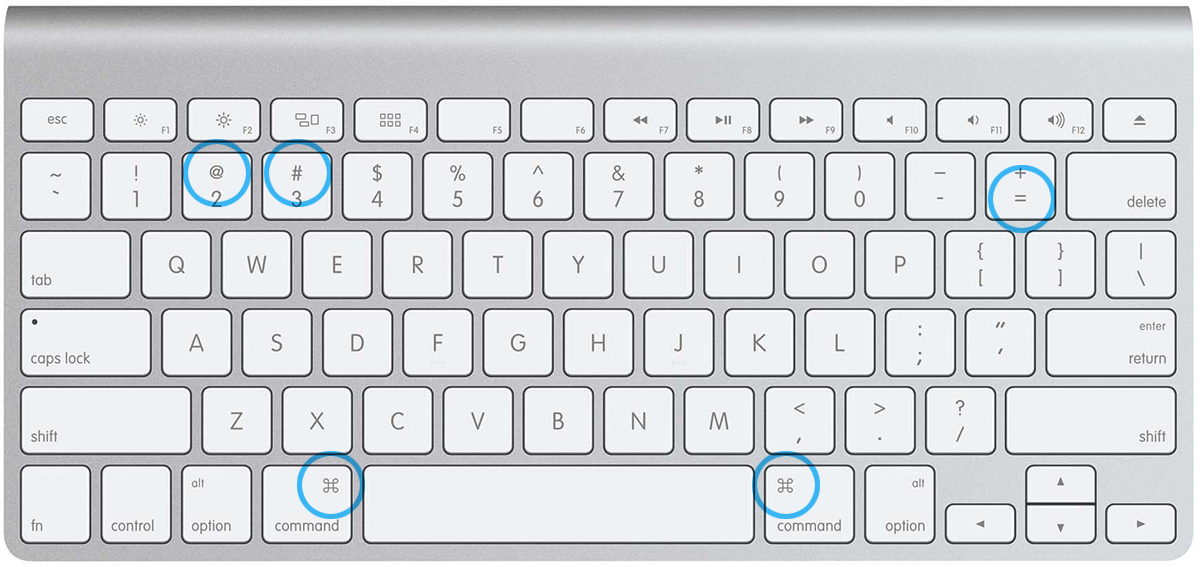

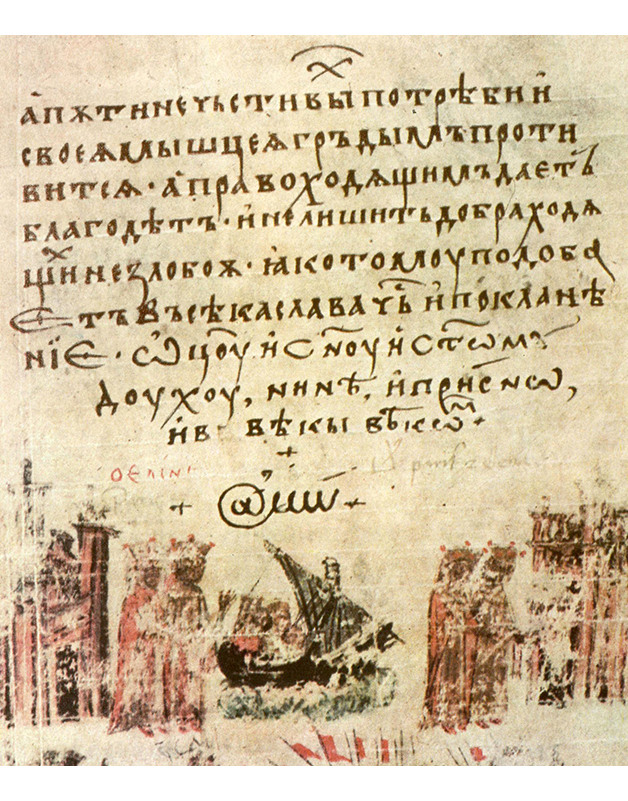
More recently it was used in commercial and shipping documents meaning “at the rate of”. In 1971, Ray Tomlinson invented email, and decided to use the symbol in email addresses to separate names of people from their machines. Thus starting the path for it to become perhaps the most commonly used icon in the world.

HASHTAG Chris Messina, at one time a Google designer, came up with the very first hashtag on Twitter. In 2007, he posted the hashtag #barcamp. It had previously been used mostly in information technology to denote a special meaning, especially in the programming language C. Twitter initially rejected the idea, but well, you know the rest.
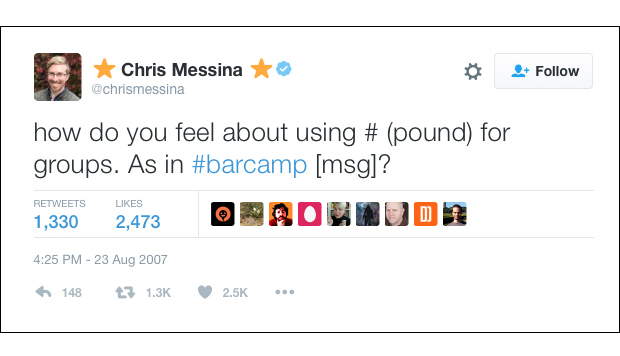

EQUALS SIGN Perhaps the ultimate minimalist piece of historical information design is the equals sign. Two parallel lines of equal length. “And to avoid the tedious repetition of these words “is equal to”, I will substitute, as I often do when working, a pair of parallels or twin lines of the same length, thus: = , because no two things can be more equal.” The words of Robert Recorde, a Welsh physician and mathematician, who invented the symbol in 1559.
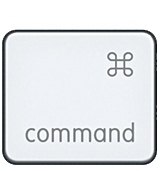
APPLE COMMAND KEY Susan Kare, a designer at Apple in the 1980s, was looking for something to replace the Apple logo (which had been on the command keys of early models) as the command symbol for the new Macintosh. Steve Jobs felt it would be too much to continue using the Apple logo and thus have it on all the shortcut menus. So Susan chose this geometric shape from a symbol dictionary, unaware of its use on Swedish road sign H22, which indicates national heritage sites.
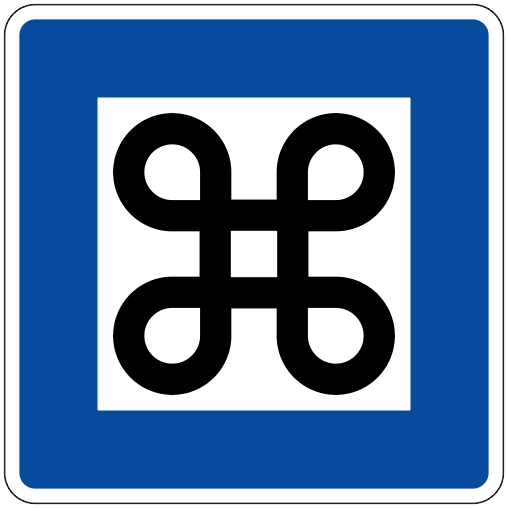

(Photograph: L.G.foto)
Then there’s the Bowen knot, of Welsh origin. And on we go…
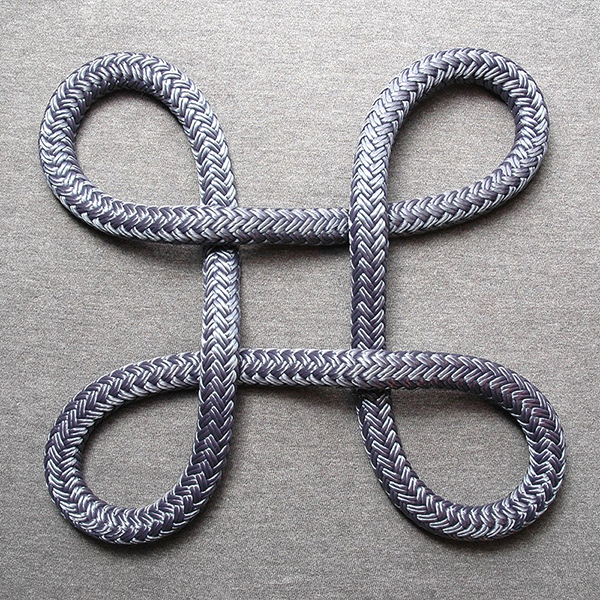
(Photograph: David J. Fred)
